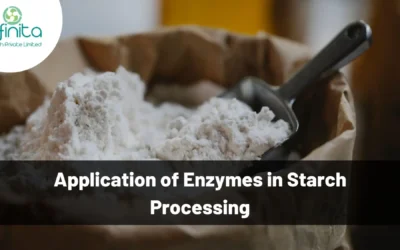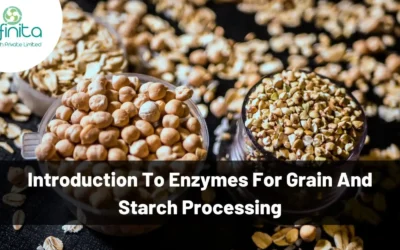What are Starch Processing Enzymes and Their Key Functions?
Introduction to Starch Processing Enzymes Starch processing enzymes are specialized proteins that facilitate the breakdown of starch, a complex carbohydrate, into simpler sugars. These enzymes play a pivotal role in various industrial applications, transforming starch...






